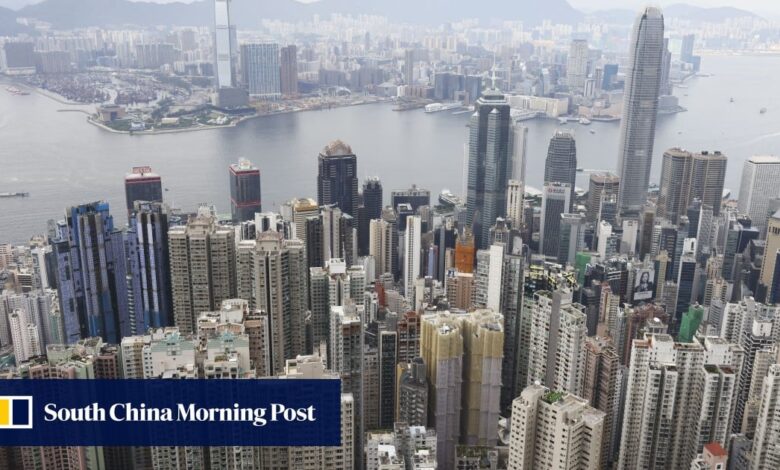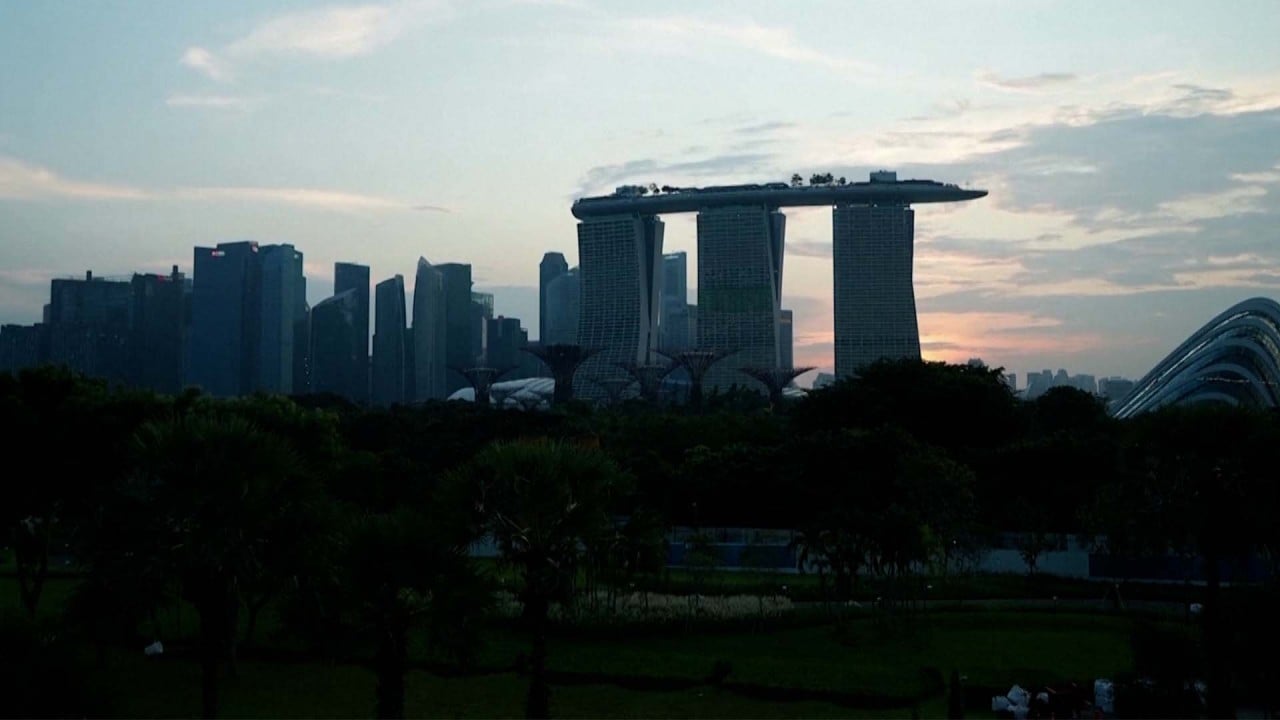Hong Kong among world’s top sources of property capital, but global investors give city’s real estate a miss: Colliers report

[ad_1]
Hong Kong was the world’s fourth-largest source of global property capital in the first half of the year, according to a study by property agency Colliers.
Investors from Hong Kong spent US$6.5 billion in real estate markets across the globe in the year to June 30, accounting for 7.4 per cent of global real estate investment, Colliers found. That was a big jump from the 4.2 per cent contribution they made between 2018 and 2022.
The city did not appear in the top 10 destinations for global property investment. The report did not provide figures for Hong Kong’s inbound property capital.
“Therefore, we can see that it’s one of the top five sources of global capital, with the cash-rich local investors finding good bargains.”
In the second quarter of 2023, Hong Kong’s economy lost steam, recording growth of just 1.5 per cent, down from 2.9 per cent in the first three months, according to official data.
Meanwhile, the city’s base rate was raised to a 16-year high in July in lockstep with the US Federal Reserve’s interest rate hikes because of the local currency’s peg to the US dollar.
The US was the second-largest property investor, deploying US$15.8 billion in the first half, and the largest recipient of global capital, taking in US$21.9 billion.
The UK was the second-biggest investment destination, receiving US$11.2 billion, and the eighth-largest investor at about US$3 .6 billion, Colliers said.
“Globally, the US remains ultimately the most liquid market, [attracting] meaningful capital from the Asia-Pacific region. The UK has also benefited from Asia-Pacific capital, partly driven by the fast revaluations of that market in comparison to parts of Europe and Asia-Pacific.”
“Although markets are now beyond the halfway mark in 2023, the outlook for the second half of the year remains opaque,” the study said.
“During the second quarter, there were clear signs of market activity improving relative to the five year high-low range, with North America leading the recovery. Figures for July, however, point to a downturn in activity. August figures are also expected to be low. The big question is whether this reflects the result of a summer recess in North America and Europe, prior to markets picking up in late third quarter and fourth quarter, or if it represents more fragility across markets, with further challenges to overcome,” it added.
[ad_2]
Source link






